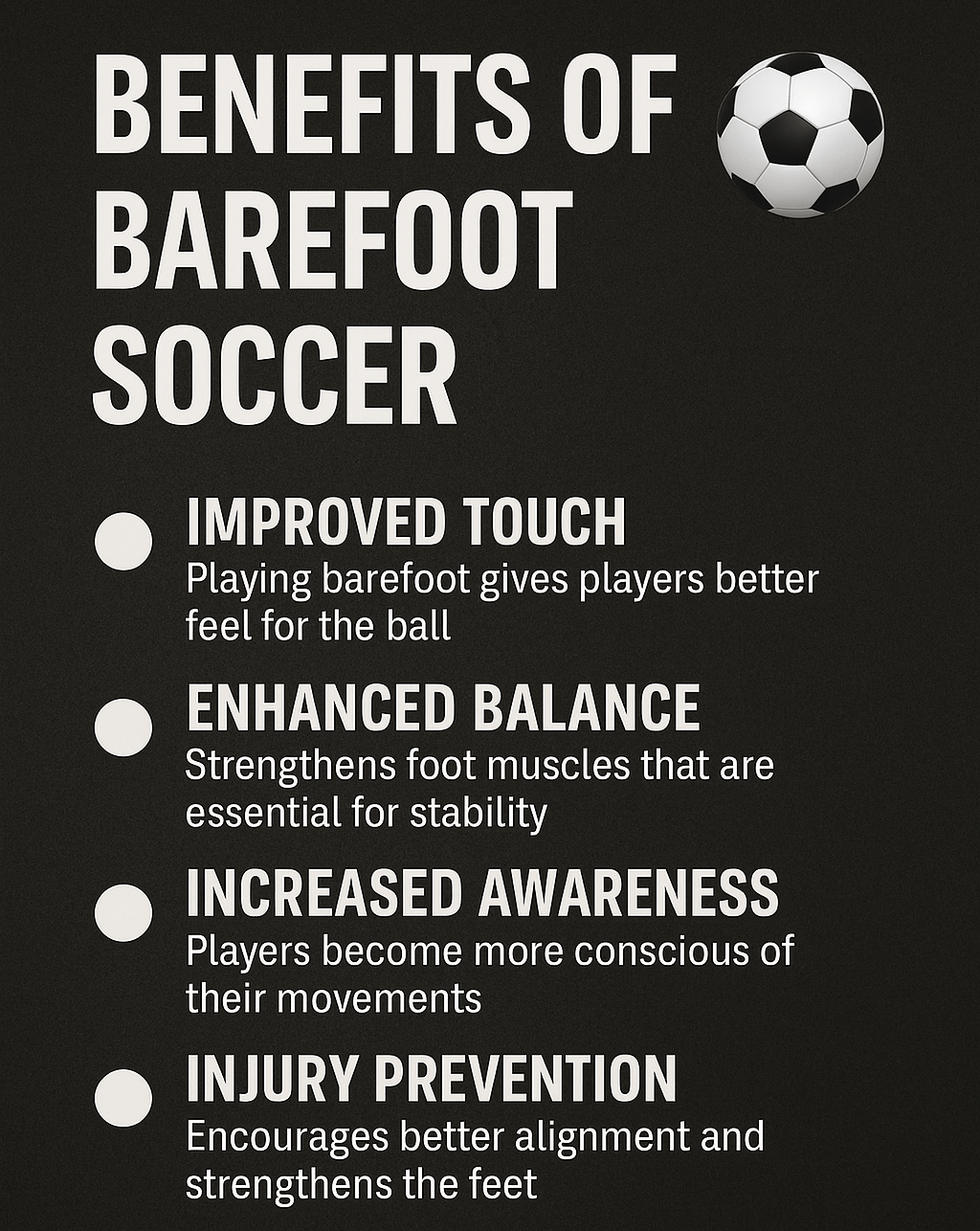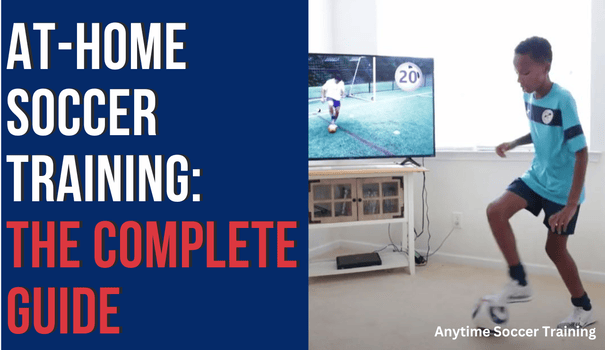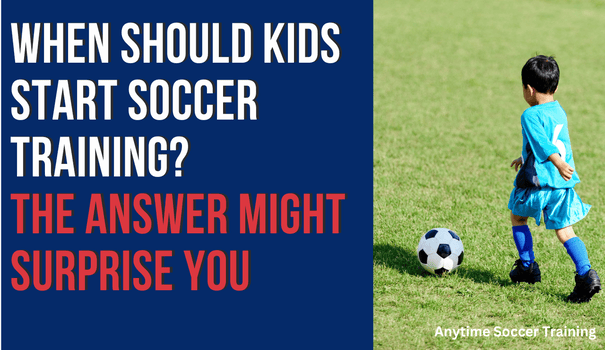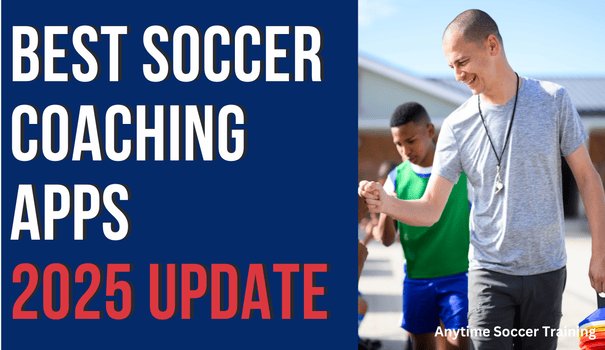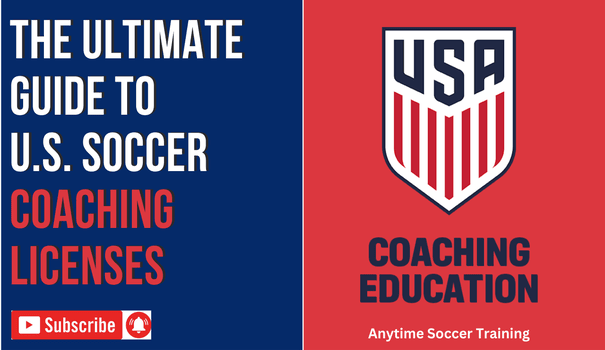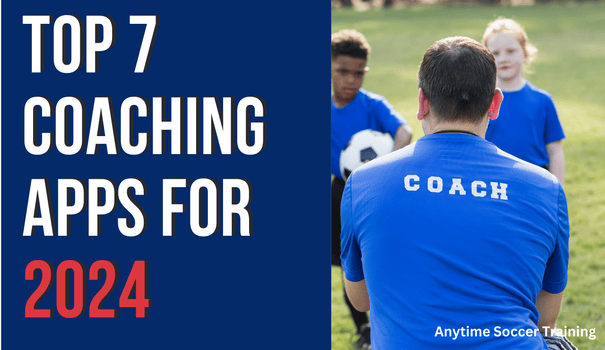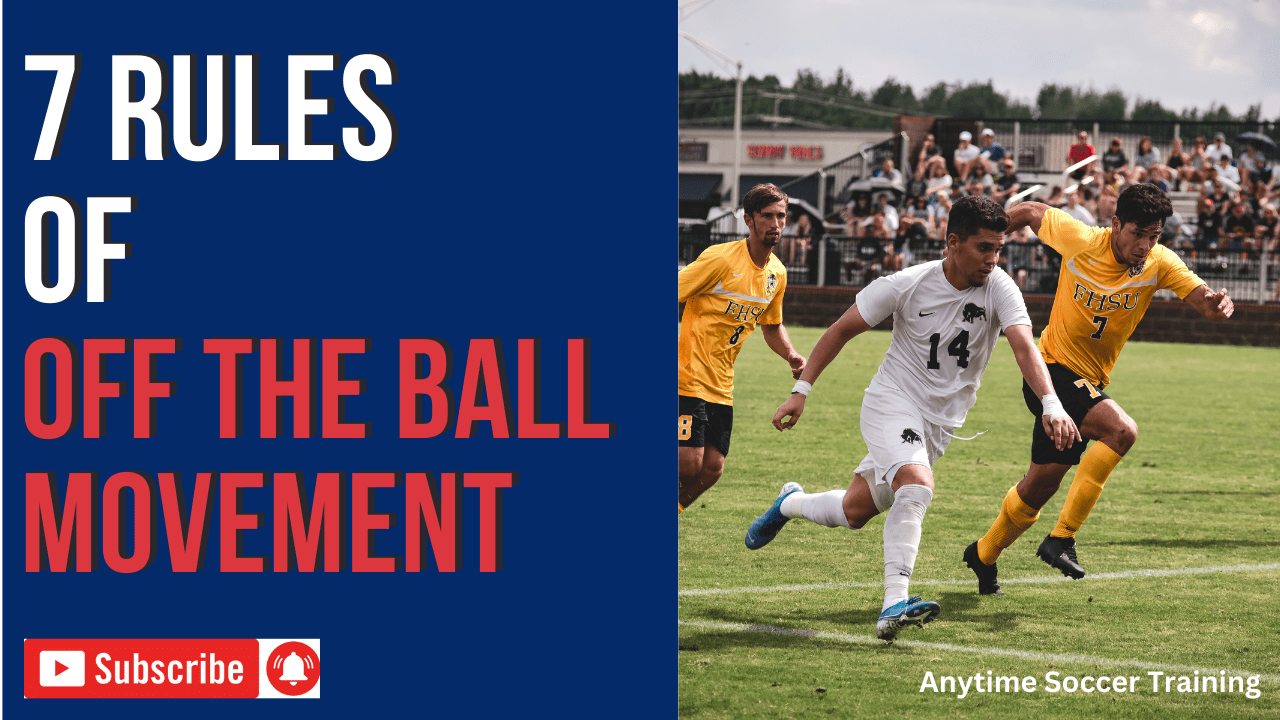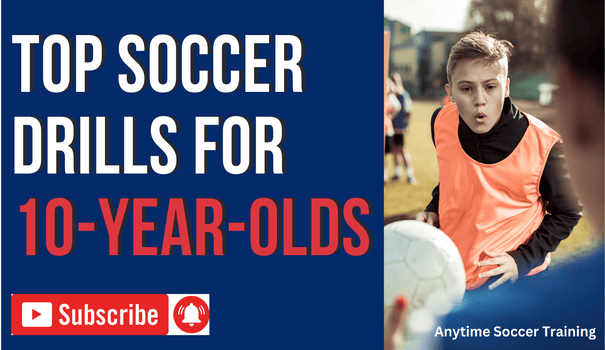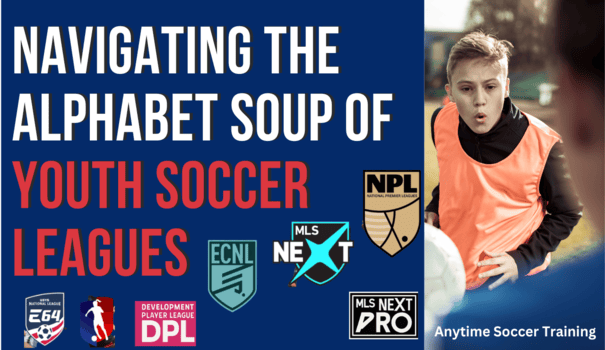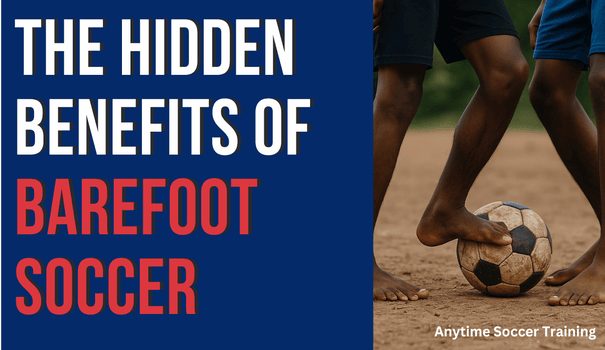
One of the most effective soccer training methods in the world might be the oldest one, and it requires nothing more than simply taking off your cleats. Soccer is the most popular sport in the world because it is the most accessible one, requiring little to no training gear and equipment to start playing and enjoying.
This is why the beautiful game is played worldwide, from the slums of Rio to the villages of Nigeria, and from rooftops in Tokyo to the streets of Venice Beach. The truth is, all you really need to start playing soccer and get better at it is a ball, some open space, and friends.
If you don’t have a ball, you can use a plastic bottle, or even a bundle of rags tied together, if you don’t have goals, you can use trash cans or any other objects to create some, and if you don’t have cleats, you can play barefoot – which is exactly where the magic happens.
Barefoot soccer allows players to develop a direct, raw connection with the ball that wearing cleats or shoes simply cannot replicate. When your feet are in direct contact with the grass, you gain immediate proprioceptive feedback that transforms every step into valuable information that improves athleticism and ball control.
Also, when your skin is in direct contact with the ball, you can feel every subtle change in its movement, spin, and texture, which creates an immediate feedback loop that accelerates learning new skills. This natural sensitivity transforms how players experience the game, forcing them to rely on feel rather than sight, and play with more freedom and enjoyment.
The Benefits of Barefoot Soccer Practice
Barefoot training offers a huge amount of benefits, some that go far beyond the soccer field, that players of all ages and skill levels should not overlook. It is also a very simple and easy training method to implement into your training routines because all you need to do is remove your cleats and start playing.
This means you can play soccer barefoot on grass or even futsal on concrete if you have built up the athleticism and foot strength.
The main benefits of barefoot soccer training include:
- Improves body control and body awareness (proprioception).
- Improved foot and toe control, strength, and mobility.
- Develop wider and stronger feet.
- Decrease the risk of injury.
- Improves balance, athleticism, and agility.
- Improves technical skills and ball control.
- Improves your overall connection with the ball and the game.
- Reconnects you with nature.
- Exposes you to grounding therapy, which can boost energy levels, improve sleep and rest, and speed up the recovery process.
- It is Fun!
Real-Life Examples of Barefoot Soccer Training Success
Now that you have a better understanding of the benefits of training barefoot, it is important to ask yourself, When was the last time you played barefoot? When was the last time you touched grass barefoot? And have you ever even touched a soccer ball without your cleats on?
Related: Top 5 Grip Soccers
If you look at some of the best soccer players of all time, like Messi, Ronaldo, Ronaldinho, Neymar, Zlatan, and many more, you will find a common pattern that most developed their extraordinary skills through countless hours of barefoot training during their childhood years. A lot of players trained this way consciously or subconsciously, meaning they either intentionally chose to train barefoot or they simply had no other option because their families couldn’t afford cleats.
What seemed like a disadvantage at the start of their journeys became their greatest asset, forcing these future stars to develop a raw connection with the ball that expensive equipment could never provide. This foundation of barefoot training remained with them throughout their professional careers, which is clear to see in their perfect first touch, amazing skill moves, and moments of magic that these world-class players are able to bring to life.
How do you Get Started with Barefoot Soccer Training?
Getting started with barefoot soccer training is simpler than you might think, but it is important to approach it gradually and safely to avoid injury while allowing your feet to adapt to this new training method. Once your feet have adapted, you’ll build stronger arches, tendons, and muscles in your lower legs, which will actually help prevent common soccer injuries.
Here are the steps to get started:
- Choose a soft surface like grass or sand.
- When starting off, avoid hard surfaces like concrete until your feet have built up enough strength and calluses to handle more challenging terrains safely.
- Make sure there are no dangerous objects.
- Check the area for rocks, glass, thorns, or any sharp debris that could injure your bare feet. Over time, your feet will be able to tolerate objects like rocks, but it is very important to watch out for sharper objects like broken glass.
- Take off your cleats.
- Depending on your foot strength and sensitivity, you can keep your socks on initially.
- Grab a ball
- You can vary the size and weight of the ball to challenge different aspects of your touch and control – try using a tennis ball for precision work or a heavier ball to build foot strength.
- Start playing small-sided / pickup games with friends or doing soccer drills individually.
- Start off with shorter training sessions and slowly build up.
- You can also begin or end a regular training session by doing some work barefoot.
At first, this experience might feel very different, but over time, your feet will adapt, depending on various aspects, and they will become stronger and more responsive, giving you better control over your movements and ball touches.
Best Barefoot Soccer Training Drills for Beginners
Finally, now that you understand the benefits and know how to get started with barefoot training, it’s time to put theory into practice. The following drills are specifically designed to help players develop better ball control, improve their touch, and strengthen their feet while training barefoot.
Related: Why My Son's Play Futsal
These exercises will feel different without cleats, but that’s exactly the point – your feet need to learn how to control the ball naturally without a barrier between you and the ball. For the following drills, you can do each one for a certain number of repetitions or time periods.
Barefoot Juggling
Juggle the ball at different heights, with different parts of the foot, make sure to use both feet, and allow your bare skin to feel every touch of the ball.
Barefoot Wall Passing
Practice passing the ball against a wall with both feet, focus on making a good first touch, and using different passing techniques to get the ball to come back to you.
Barefoot Wall Juggling
This drill combines juggling and wall passing, forcing you to control the ball in the air with both feet while sharpening touch and reflexes.
Barefoot Shadow Dribbling
Sort of like how a boxer does “Shadowboxing”, dribble around the space you have available, at full speed, while imagining players trying to take the ball from you, and perform different skill moves to take them on.
Barefoot Dribbling to Shooting on Goal
This is similar to the drill above, but instead of just dribbling in open space, you dribble toward a specific target, a goal, perform a skill move, and finish with a shot.
